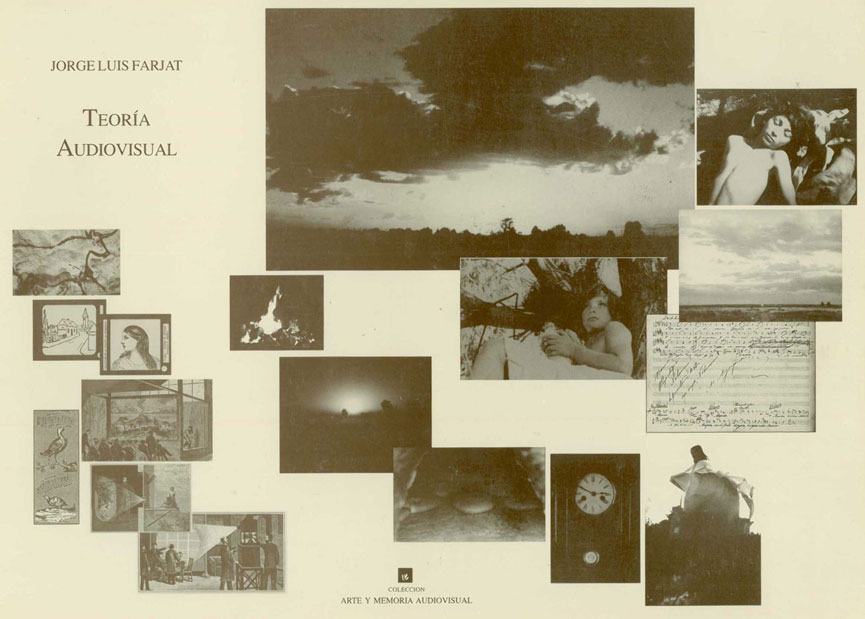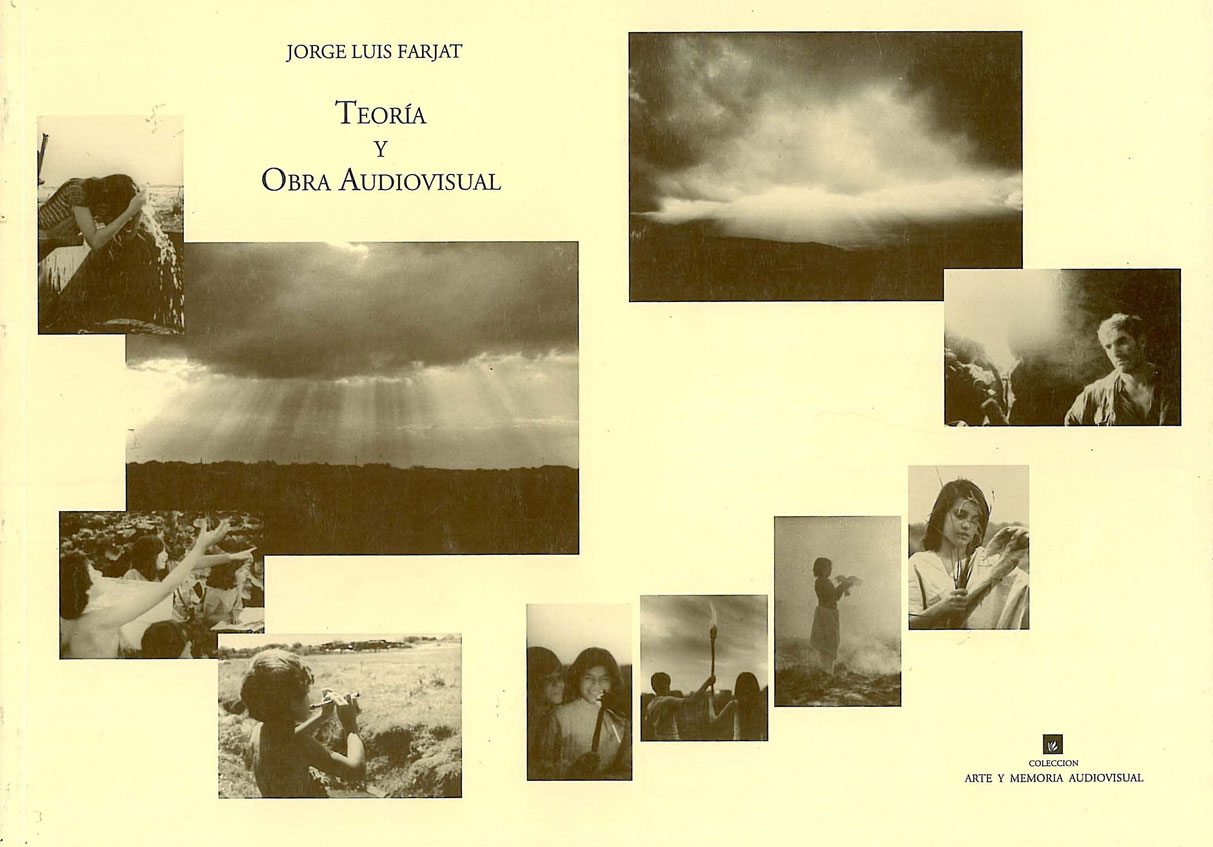ABOUT THE AUDIOVISUAL WORK
by Jorge Luis Farjat
The author has been devoted to the audiovisual creation and its theoretical development (See Audiovisual Theory), considering this means as the combined language of projected photographs (static images) and sound, as a whole articulated by a montage and exhibited in the same conditions as in the cinema, i.e., in a room that serves as a dark room.
In this concept, “the audiovisual art is a social specific means of communication and expression, since it has intrinsic characteristics and qualities that determine the essence of an individual language. This differentiates it and makes it independent from the cinema and the T.V., turning it into an experience that follows a different path, which has not been thoroughly explored yet, in the field of communication, with development possibilities that are completely new in this area. This happens mainly regarding the audiovisual artistic idea, in which original syntheses and unexpected combinations that distinguish the audiovisual theme as an art in particular may be produced. Therefore, the topic of the audiovisual theme as an art deals with a core of main interest…” (Audiovisualogy. The audiovisual concept as an art and a means of communication. Bs. As. 1979).
CHARACTER, INFLUENCES AND PHILOSOPHICAL INSPIRATION
From another more global aspect, his audiovisual works are in turn developed intrinsically upon three overlapped levels: the documentary, regarding, among other things, the testimonial genre; the formal one, which concerns the purely aesthetic aspect; and a third sense connected in its core to the second one and spread towards a psychological expression that replaces the purely intellectual one, of which Jorge Luis Farjat sets its guidelines in his books Audiovisual Theory, Migrations and Survival, and The Audiovisual and the Arts. Two of his works constitute the foundations that will provide for the basis of all his creations: “After civilization” belonging to “Towards Democracy” (London 1907), and “The drama of love and death, a study of human evolution and transfiguration “(London 1912).


